In Bordeaux (France), the stone bridge has been part of the lives of the city’s inhabitants since 1822, but this link between the two banks of the Garonne is sinking a few millimetres every year, a sinking that could eventually lead to the ruin of the structure. A major project has just been launched to halt the subsidence.
Article produced in collaboration with Bordeaux Métropole
A bridge steeped in history
Until 1822, there was no bridge spanning the Garonne. Several projects had been considered, but the strong current of the river discouraged many engineers and architects.
In 1808, Napoleon, passing through Bordeaux, was struck by the inconvenience of crossing the Garonne, which was slowing down the movement of troops. He then signed a decree ordering several works in Bordeaux – including the construction of a bridge. The first stone was laid in 1812 but the site faced numerous problems: strong currents, flooding of the river and a lack of financial resources delayed construction. It would be another 10 years before the bridge was completed. It was not until 1 May 1822 that the stone bridge was finally inaugurated, under the reign of Louis XVIII.
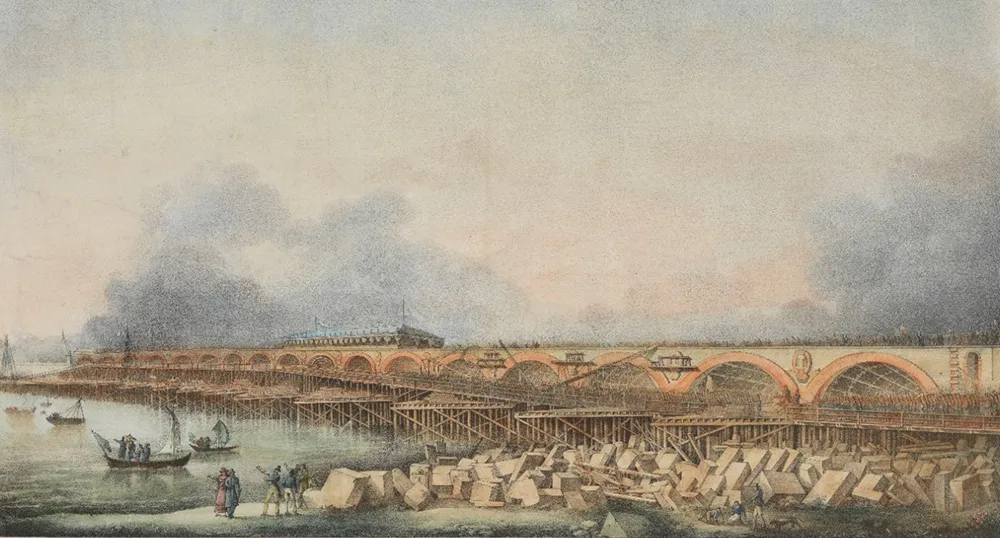
At 486 metres long and with 17 arches resting on 16 piers, it links the town centre to the La Bastide district. Designed by engineers Claude Deschamps and Jean-Baptiste Basilide Billaudel, the stone bridge is a remarkable example of masonry architecture of the period.
Over the centuries, the bridge has undergone various modifications and reinforcements to adapt to the needs of the town, including a widening in 1954.
Tolls until 1863
To meet the cost of construction, the bridge was financed by a mixture of private and public funds, in return for a toll that lasted until 1863. Two toll buildings were erected at the end of the bridge; they were demolished in 1954 when the bridge was widened.
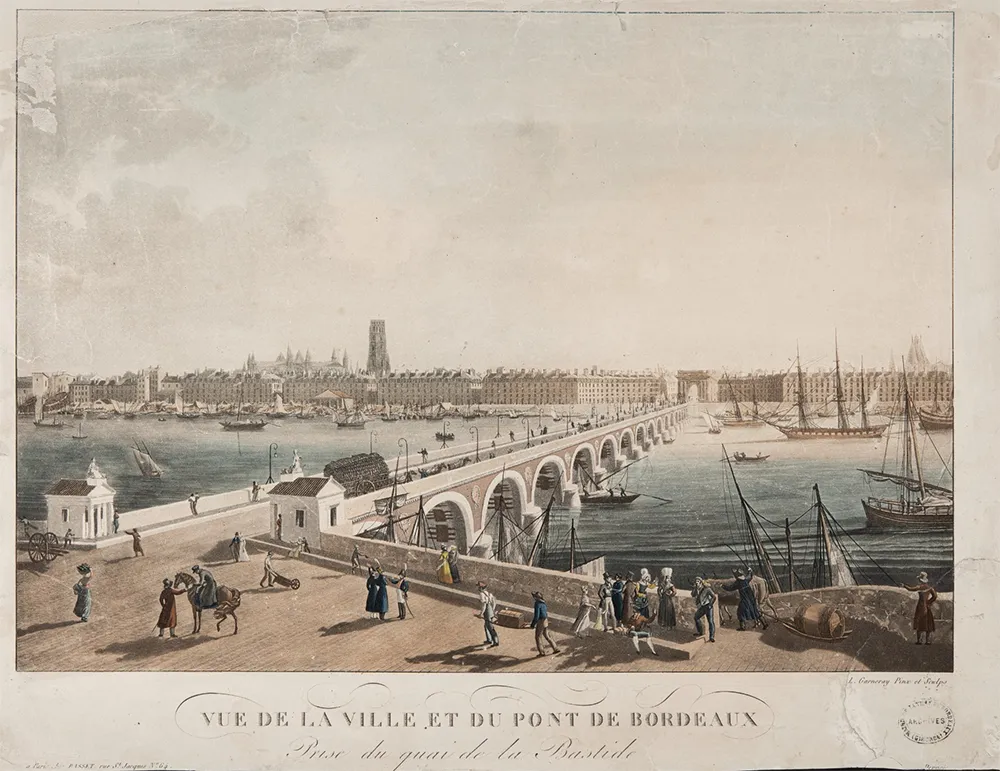
Essential work to preserve the stone bridge
The stone bridge is showing worrying signs of fragility. Every year, some of its piers sink several millimetres due to insufficiently anchored foundations and erosion caused by the currents of the Garonne. If left untreated, this phenomenon could compromise the stability of the structure.
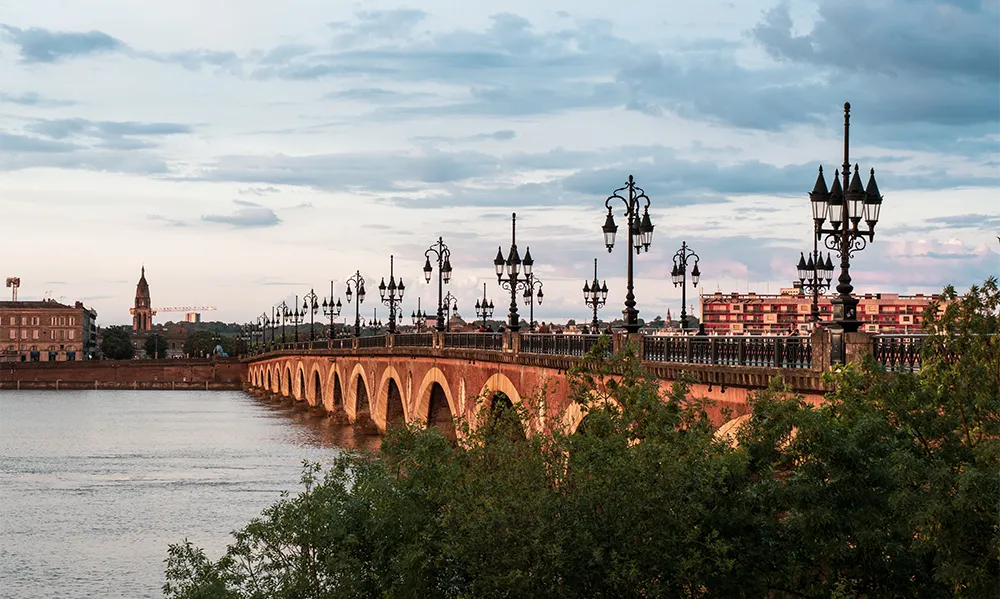
To remedy this situation, a vast programme of works has just been launched with a budget of 50 million euros. The main interventions include:
- The girdling of the piers to reinforce their structure.
- The installation of 160 micropiles driven up to 9.5 metres into the bed of the Garonne to stabilise the foundations.
- The complete renovation of the waterproofing and drainage system on the bridge deck.
- The protection of the pier surrounds against erosion.
- Heritage restoration of masonry and facing.
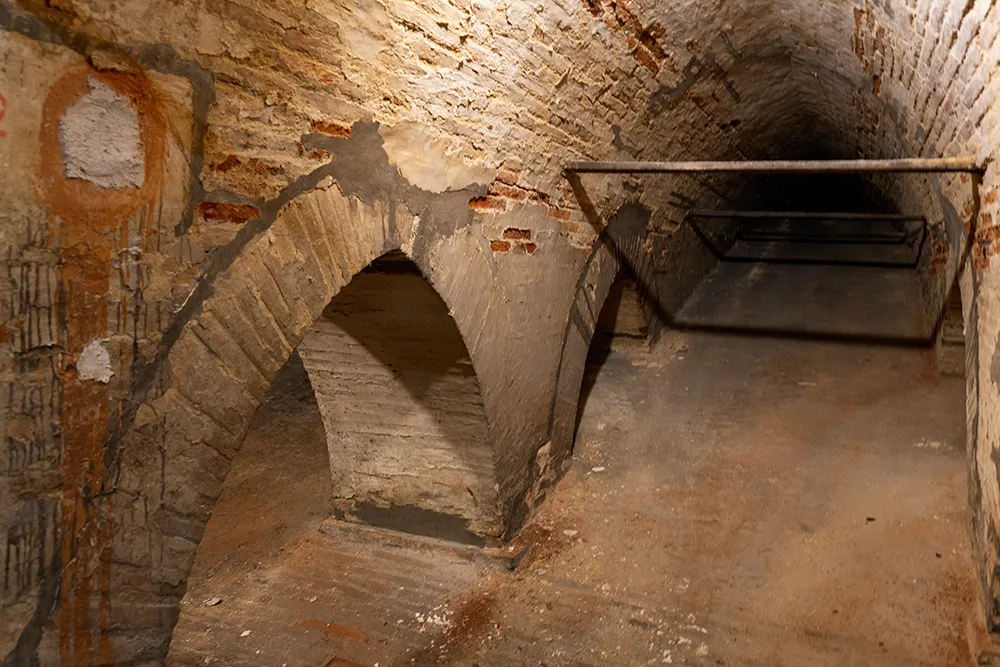
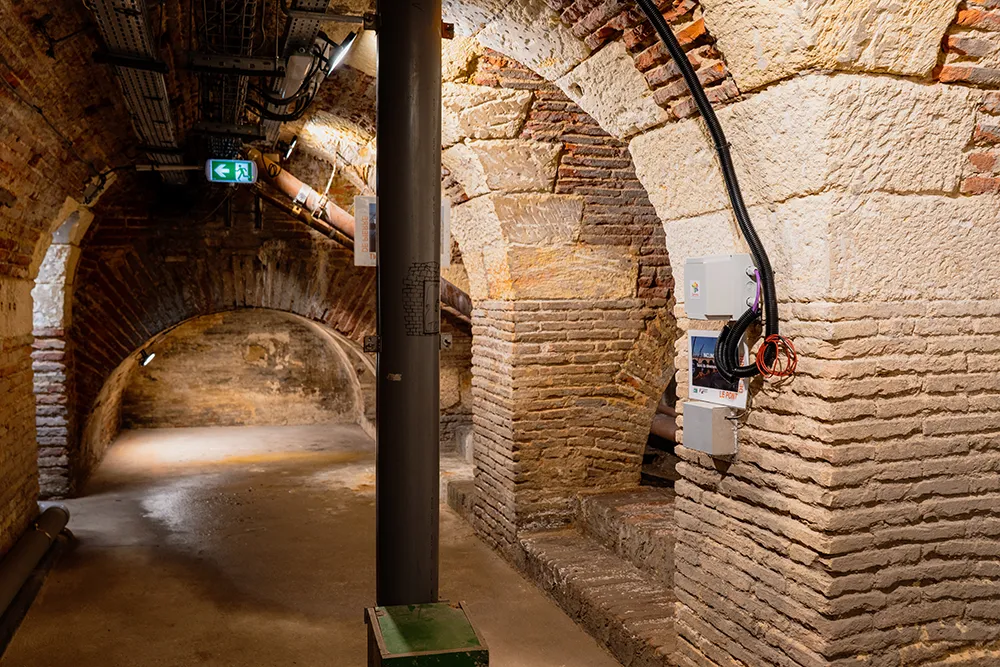
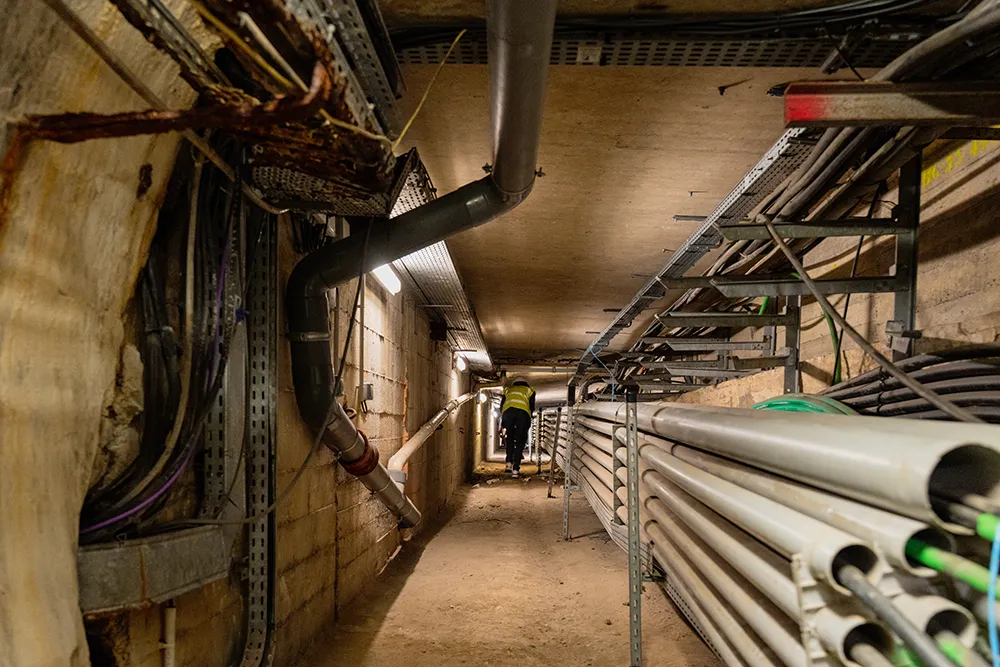
The work, spread over 52 months, is being carried out in phases over several summers to minimise the impact on traffic. During construction periods, pedestrian and cyclist traffic is being kept on a single lane, while motorised traffic is being diverted. Alternative solutions will be put in place to facilitate travel.
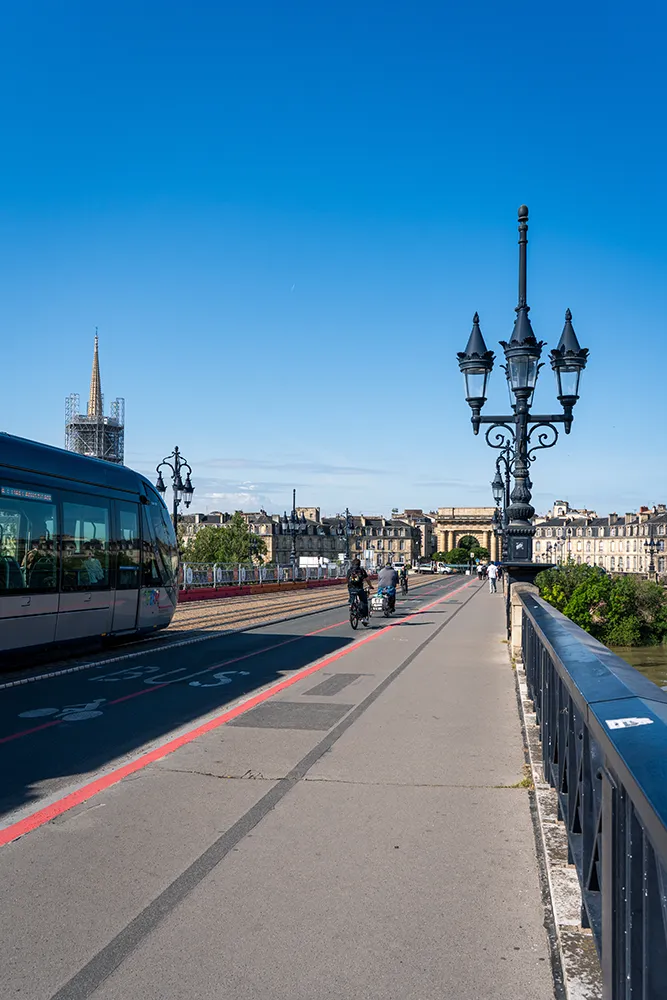
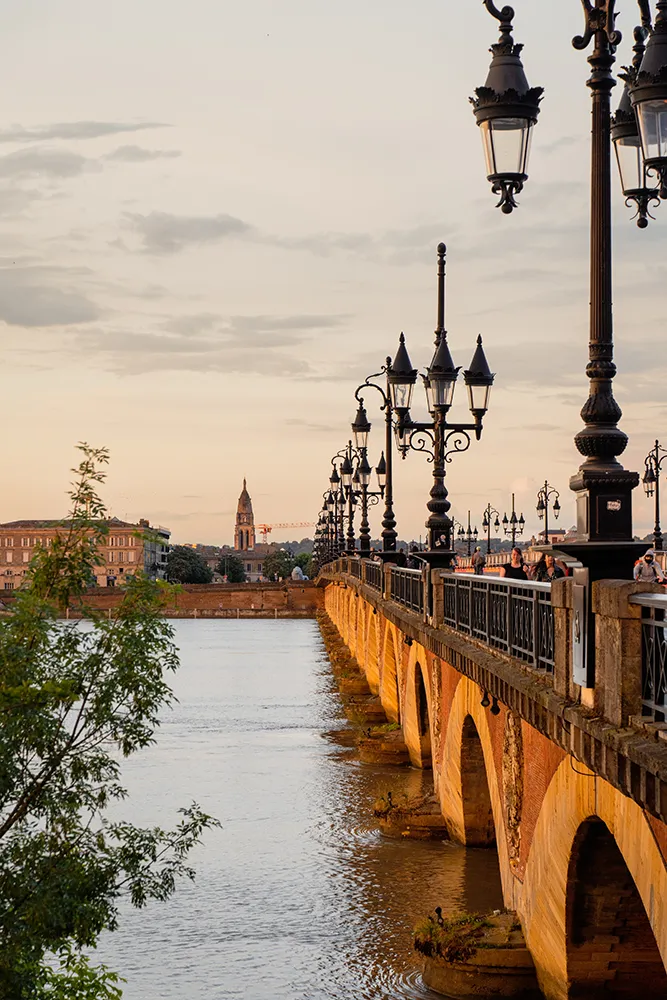
A commitment to heritage
Unlike most heritage projects involving churches, cathedrals or châteaux, restoring a bridge obviously has an impact on the day-to-day life of its users, but this restoration is part of an essential approach to safeguarding Bordeaux’s heritage.
Restoring this structure will help preserve its history and consolidate the bridge so that it can continue to link the two banks of Bordeaux for many years to come.
Follow the works!
To follow every stage of the project, visit the Bordeaux Métropole website:
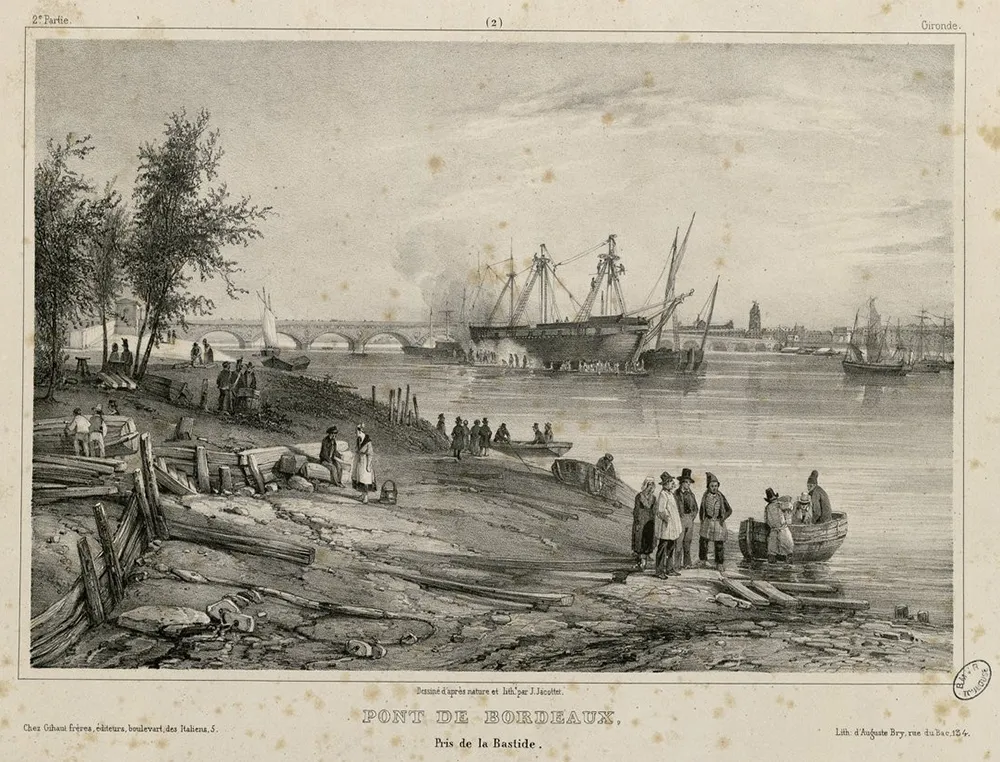
Article produced in collaboration with Bordeaux Métropole

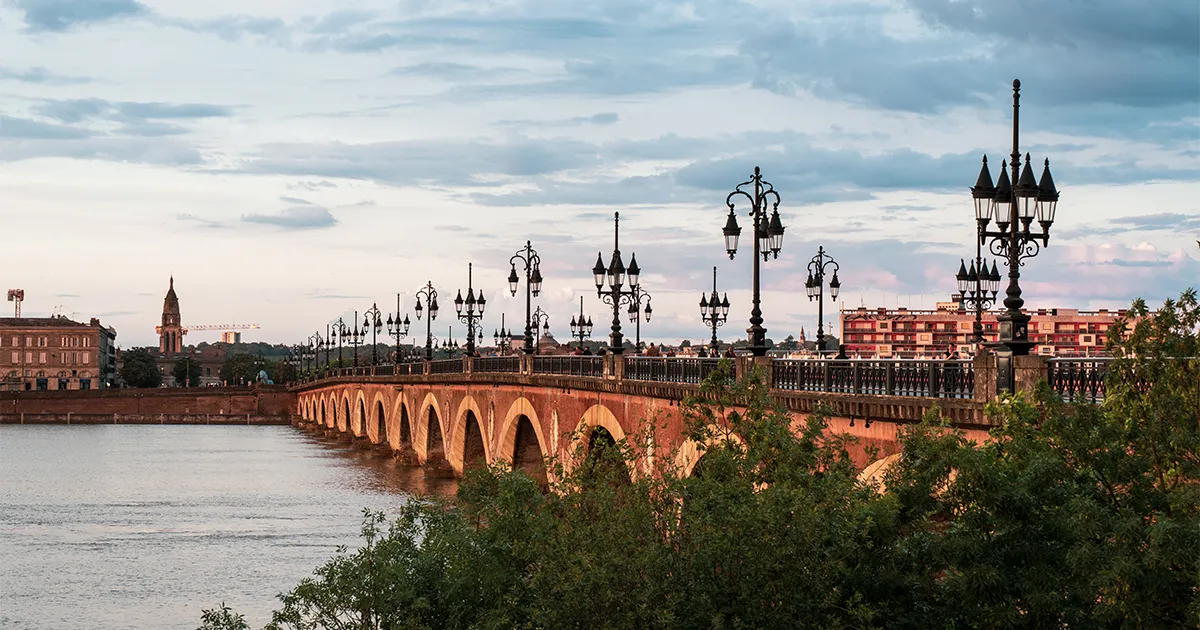



No Comments
Leave a comment Cancel